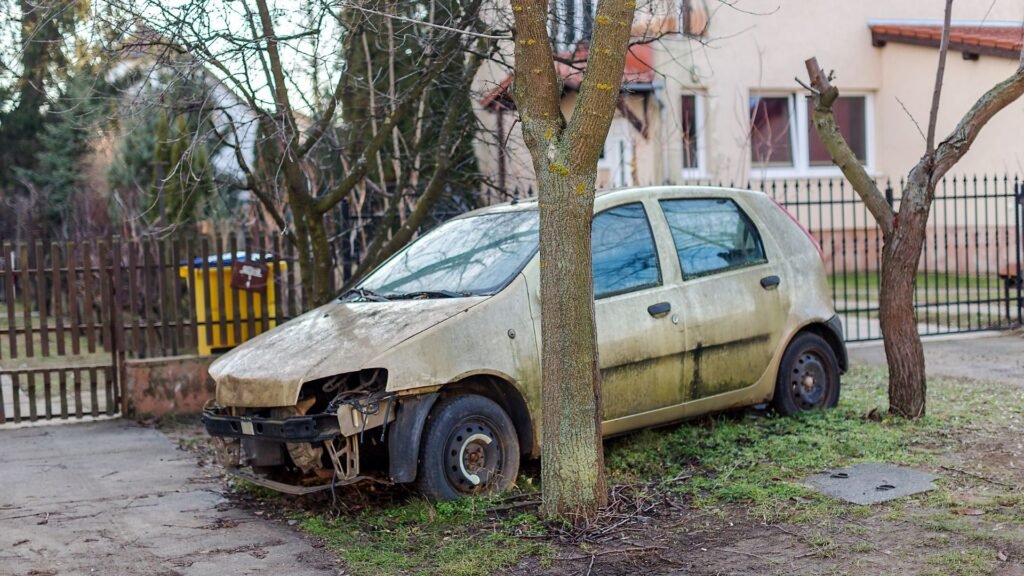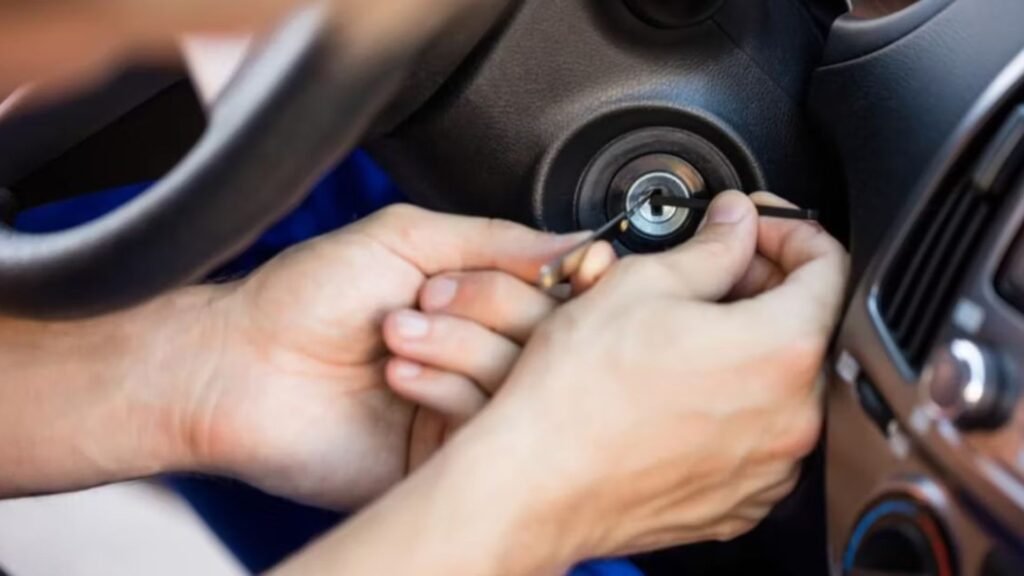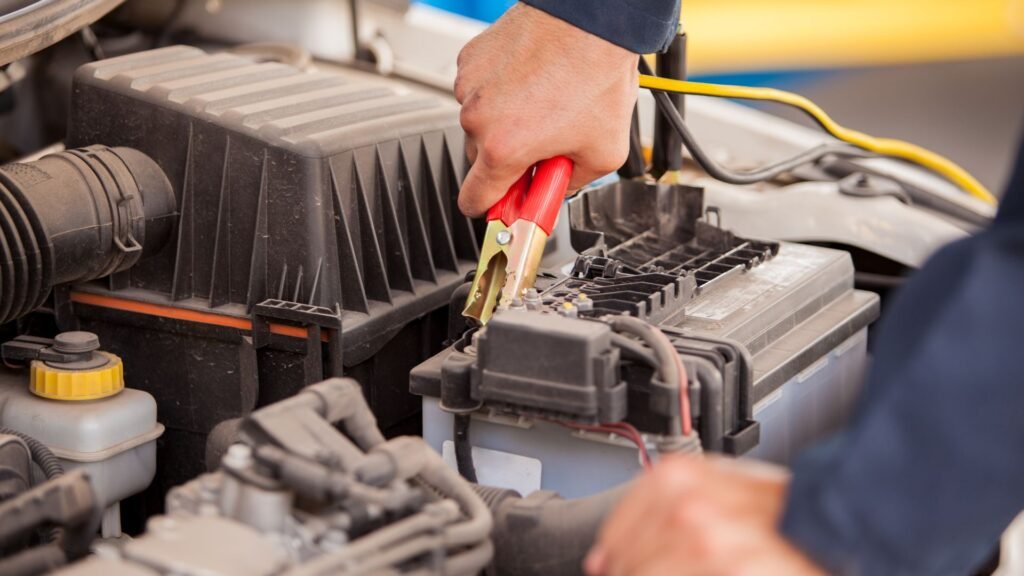Welcome to your ultimate guide on the best way to sell a broken car! Whether your vehicle has been sitting in the driveway for months or just broke down unexpectedly, figuring out what to do next can feel overwhelming. But don’t worry – selling a non-running car doesn’t have to be a headache, and you might even be surprised by how much value you can still get from it. In this guide, we’ll walk you through all your options, from selling to junkyards to trading it in at a dealership or even donating it for a good cause. By the end, you’ll know exactly how to turn your broken car into extra cash or something even more meaningful. Let’s get started!
The best way to sell a broken car is to evaluate its condition, choose a selling option that fits your needs, and be transparent about the car’s issues. You can sell to a junkyard, car removal service, or private buyer, or even trade it in at a dealership. Cleaning the car, researching its value, and negotiating offers can help maximize your payout. Additionally, eco-friendly disposal or donating to charity are great alternatives for those looking to reduce environmental impact or contribute to a good cause.
Assessing The Condition Of Your Broken Car
When your car breaks down, it’s not just a vehicle that stops working—it’s a piece of your daily routine that’s suddenly out of commission. The first step to figuring out your next move, whether it’s repair or sale, is a thorough assessment of the car’s condition. Here’s how to get a clear picture of what you’re dealing with and what your car might still be worth.
Quick Inspection: Evaluating the Car’s Condition
Start by conducting a quick inspection of your car. This isn’t just about turning the key and seeing if it runs—this is a full visual and physical checkup from bumper to bumper.
- Exterior Condition: Look for any body damage. Dents, scratches, and rust can affect the value, but a car with a generally intact exterior can still fetch a decent price, even if it’s not in running condition.
- Interior Assessment: Don’t forget the inside of the car. An interior in good shape can significantly increase the value of a vehicle. Check the condition of the seats, dashboard, and electronic components.
- Under the Hood: Even if you’re not a mechanic, you can check for obvious problems like fluid leaks or corroded battery terminals. If the engine and other major components like the transmission are in good shape, your car likely has higher value, regardless of operational status.
- Tire Check: Tires can be an easy indicator of value. If they’re relatively new or premium brands, they can be worth something even on their own.
Through this inspection, you’re not just looking for what’s broken—you’re also spotting what’s valuable. Parts like alternators, transmissions, and even well-kept interiors can fetch a good price in the parts market.
Importance of Documentation: Gathering the Necessary Paperwork
Before making any decisions about selling or repairing your car, gather all necessary documentation. This includes:
- Car Title: This is essential for legal transfer of ownership, regardless of the car’s condition.
- Service Records: These demonstrate how well the vehicle has been maintained, which can significantly influence a buyer’s decision. It’s proof that the car has been cared for, potentially justifying a higher price.
- Repair Estimates: If your car is damaged, consider getting repair estimates. These documents can help buyers understand the potential costs of fixing the car and determine whether it’s worth the investment for them.
Having these documents on hand will make the process of selling, repairing, or even donating your car much smoother.
Optional Sidebar: To Repair or Not to Repair Before Selling
Deciding whether to repair your car before selling it can be tricky. Here’s a quick guide to help you make that decision:
- Consider the Costs: If the cost of repairs is more than the increase in selling price that the repair would bring, it’s probably not worth it.
- Market Value: Research how much your car, both repaired and unrepaired, would likely sell for in your area. Websites like Kelley Blue Book can provide good benchmarks.
- Speed of Sale: Sometimes selling a car in need of repairs is faster, especially if you’re targeting buyers who are looking for a project or parts.
Every situation is unique, so weigh these factors based on your specific circumstances. Sometimes, letting go of a vehicle “as is” might be the most practical decision financially and time-wise.
By thoroughly assessing your car’s condition and organizing the necessary paperwork, you’ll be better equipped to make informed decisions about its future, whether that entails repairs, a sale, or another route entirely. Understanding what you have—and what it’s potentially worth—can make all the difference in navigating the next steps with your broken car.
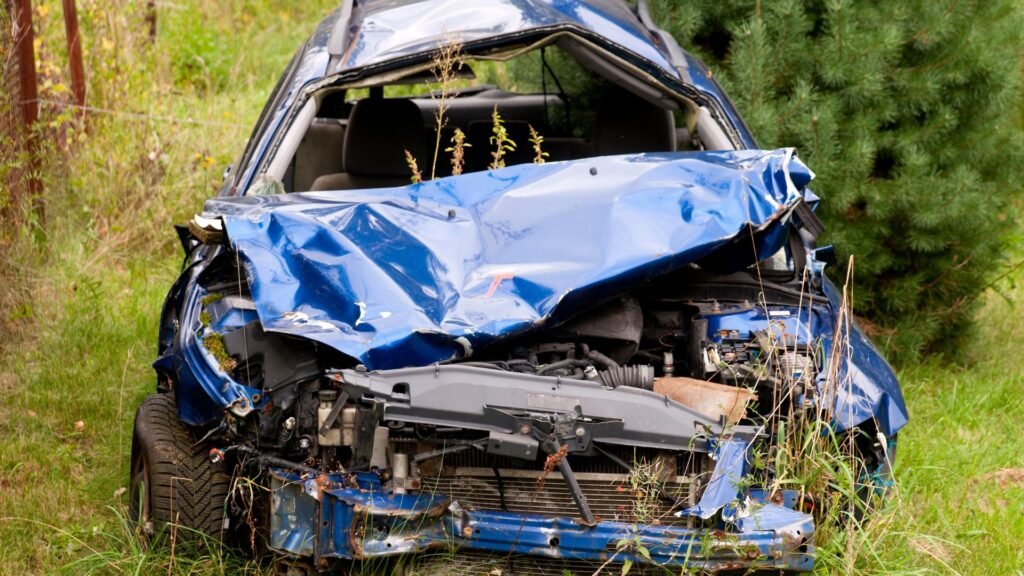
Explore Your Selling Options
When it comes time to part ways with your vehicle, especially if it’s not in prime condition, knowing your selling options can help you get the best possible deal. Here, we break down several routes you can take, from junkyards to private sales, each with unique benefits and drawbacks.
Selling to a Junkyard or Scrap Yard
If speed and convenience are your top priorities, selling your car to a junkyard or scrap yard might be the route for you.
- Pros: This option is fast and hassle-free. Typically, junkyards are ready to take your car off your hands quickly, often with minimal paperwork or fuss.
- Cons: The main drawback here is the lower payout. Junkyards usually pay based on the scrap metal value of your vehicle, which might not be as much as you’d hope for.
- How to Maximize Value: To get the best possible deal from a junkyard, it’s wise to have a handle on current scrap metal prices. Knowing these can give you a stronger position when negotiating the price for your car.
Selling to a Car Removal Service
Car removal services offer a slightly different convenience compared to junkyards.
- How it Works: These services specialize in picking up your vehicle directly from your location and typically offer cash on the spot. This can be a great option if you want to avoid the hassle of moving a non-operational vehicle.
- Key Tip: Investigate if the service pays more for cars that still have valuable parts, like intact engines or transmissions. Some car removal services might offer a better rate for vehicles that are less damaged, as they can salvage more from them.
Selling to a Private Buyer
For those willing to put in a bit more effort for potentially a higher reward, selling to a private buyer is an excellent choice.
- Pros and Cons: The major advantage of this method is the potential to secure a higher price than what you’d typically receive from junkyards or trade-ins. However, it might take longer to find a buyer willing to purchase a car that needs repairs.
- Platforms to Use: Utilize platforms like Craigslist, Facebook Marketplace, and eBay Motors to reach a wide audience. These platforms allow for a broad reach and can help you find interested buyers in your local area or even beyond.
- Best Practices: Transparency is crucial. Be honest about all the car’s issues. Provide detailed descriptions and quality photos to show the actual condition of the car. This honesty can help build trust with potential buyers and could help you avoid legal problems post-sale.
Trading in at a Dealership
Sometimes, trading in your old car at a dealership can be a straightforward path, especially if you’re looking to replace it.
- Possibility of Trade-In: Some dealerships accept even non-functional cars as trade-ins toward a new or pre-owned vehicle. This can be particularly advantageous if you’re looking to streamline the process of getting rid of your old car while buying a new one.
- Consideration: Be prepared that the trade-in value offered by dealerships might not be as high as selling privately. However, the convenience and immediate benefit of reducing the price of your next car purchase can outweigh the difference in price.
Each of these options offers different benefits and challenges. Depending on your situation, the condition of your vehicle, and your financial needs, one may be more suitable than others. By understanding the specifics of each, you can make an informed decision that best meets your needs and gets you the most value from your old car.
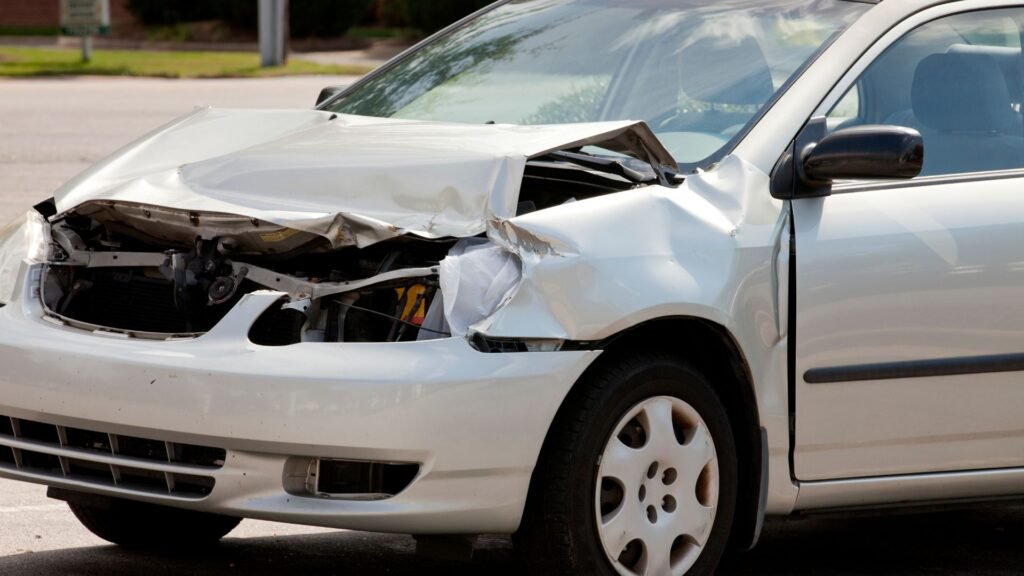
Preparing Your Broken Car For Sale
Selling a broken car might seem like a daunting task, but with the right preparation, you can simplify the process and potentially increase your vehicle’s appeal to buyers. Whether you’re dealing with a car that’s seen better days or one that’s non-operational, the way you prepare it for sale can significantly impact both the interest you receive and the final sale price. Below, I’ll break down the steps to prepare your broken car for sale, ensuring you handle everything from cleaning to pricing with ease.
1. Cleaning It Up
First impressions matter, even when selling a broken car. Taking the time to thoroughly clean your vehicle can make a significant difference. Start by washing the exterior to improve the car’s appearance. A clean and shiny exterior can make the vehicle look well-maintained, which is appealing to buyers. Don’t forget to clean the wheels and windows for that extra touch.
Moving inside, vacuum the interior to remove dust, debris, and any personal items. Wipe down surfaces, clean the dashboard, and consider a steam clean for the upholstery if it’s particularly dirty. This step doesn’t just improve aesthetics; it can also emit a signal to potential buyers that the car has been cared for.
Under the hood matters too. A clean engine bay can make it easier for the buyer to assess the condition of various components. Remove any leaves, dirt, and grime. While a detailed engine clean might require professional services, even a basic clean-up can improve the overall presentation of your broken car.
2. Honesty is Key
When it comes to selling a broken car, transparency is crucial. Clearly disclosing the vehicle’s condition, issues, and history in your listing can build trust with potential buyers and mitigate the risk of post-sale disputes. Be upfront about all known problems, whether it’s a faulty transmission, problems with the electrical system, or any accidents the vehicle has been involved in.
Providing this information can help attract serious buyers who are prepared to handle the car’s condition. It also demonstrates your integrity as a seller, which can encourage potential buyers to feel more comfortable proceeding with the purchase. Remember, honesty isn’t just ethical; it’s also a practical strategy to ensure smooth transactions.
3. Setting the Price
Pricing a broken car can be tricky, but doing your homework can lead to a fair and attractive price point. Start by researching the market for similar vehicles in similar conditions. Websites like Kelley Blue Book, Craigslist, and eBay Motors can provide insights into what other sellers are asking for similar broken cars.
Take into consideration factors like the make, model, year, extent of damage, and any salvageable parts that might be of value. If your car has components that are in high demand or rare, mentioning this in your listing can justify a higher price. Be realistic about the value and set a price that reflects the car’s condition but also offers room for negotiation if necessary.
Setting the right price can accelerate the selling process, but remember to remain flexible and open to negotiations. Buyers of broken cars often expect to bargain, and a little wiggle room can help seal the deal more quickly.
Preparing your broken car for sale doesn’t have to be an overwhelming process. By taking the time to clean it thoroughly, being honest about its condition, and setting a realistic price, you can increase your chances of a successful sale. Remember, the effort you put into preparing your car can directly influence buyers’ perceptions and the overall transaction.

How To Sell Your Broken Car Safely
Selling a broken car can be a great way to make some extra money from a vehicle that is no longer in working condition. Whether you’re selling to an individual or a company, safety and legality should be your top priorities. In this guide, we’ll walk you through the essential steps to sell your broken car safely and legally.
1. Safety When Selling to Individuals
Selling a broken car to an individual can often fetch a higher price than selling to a company, as you avoid middleman fees. However, it involves direct interaction with buyers, which can pose safety risks if not handled properly.
Meeting Safely
Always prioritize your safety when arranging a meeting with a potential buyer:
- Meet in Public Places: Arrange to meet in a busy, public location like a shopping mall parking lot or near a police station. These areas are generally safer and are often under surveillance, which can deter potential fraudulent behavior.
- Bring a Friend: Whenever possible, have someone accompany you to the meeting. This provides an extra layer of security and witnesses.
Secure Payment Methods
Ensuring that you receive your payment safely is crucial:
- Cashier’s Checks: Although more secure than personal checks, verify cashier’s checks with the issuing bank—not just at your bank—to avoid scams.
- Online Escrow Services: Using a reputable online escrow service can provide a secure way to receive payments. These services hold the buyer’s payment until all parties are satisfied with the transaction, adding a layer of protection against fraud.
2. Selling to Companies
If you prefer a hassle-free process, selling your broken car to a car removal service or scrap yard is a viable option. These companies specialize in dealing with cars in less-than-perfect condition.
Verifying Legitimacy
To avoid scams, it’s important to verify the legitimacy of the company:
- Check Reviews: Look for customer reviews and ratings on trusted platforms like Google Reviews or Yelp. See how others’ experiences were with the company.
- Business License: Ensure the company is licensed to operate in your area. This information can usually be obtained from their website or by asking directly.
- Ask for References: A reputable company should be able to provide references or testimonials from previous clients.
3. Handling Paperwork
Properly transferring ownership and handling the necessary paperwork is critical to avoid future legal issues.
Transfer the Title
- Sign and Date the Title: When you sell your car, make sure you properly sign over the title to the new owner. This includes filling out the date of sale and odometer reading.
- Keep Copies: Always keep copies of the signed title and any other transaction paperwork for your records.
Notify the DMV
- Release of Liability: Notify your state’s Department of Motor Vehicles (DMV) immediately after the sale. This can often be done online. Filing a release of liability form with the DMV will protect you from any liabilities if the car is later involved in accidents or incurs fines.
Selling a broken car requires careful consideration of both safety and legal aspects. By following these guidelines, you can ensure a secure transaction that protects both your interests and your safety. Whether selling to an individual or a company, being prepared and knowledgeable about the process will help you navigate it more smoothly and successfully.
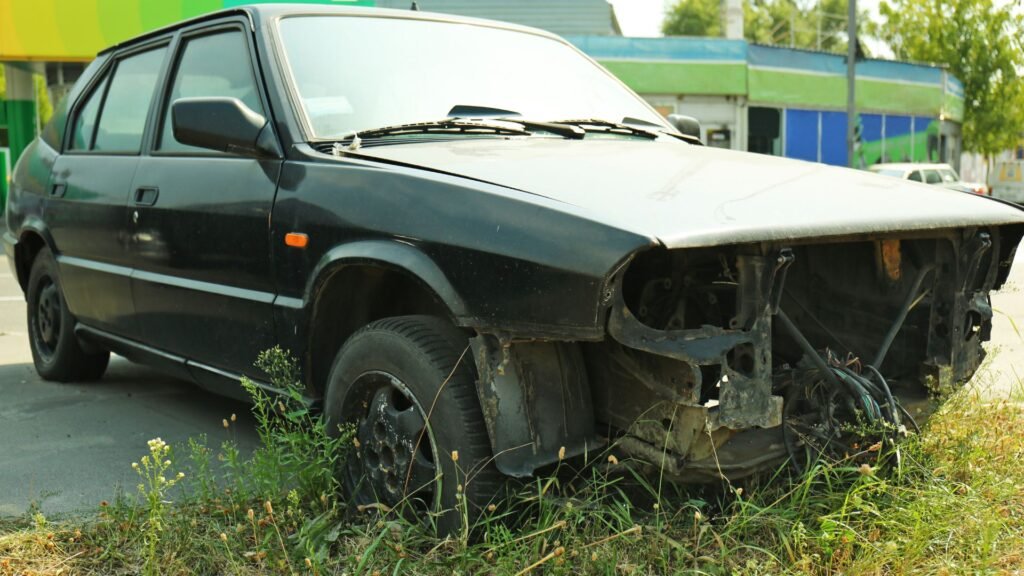
The Environmental Impact Of Selling Your Broken Car
When considering the sale of a broken car, many vehicle owners overlook the significant environmental implications of their decision. It’s crucial to understand that how you dispose of your vehicle can have a lasting impact on the planet. In this detailed exploration, we’ll delve into eco-friendly disposal options for your broken car, the benefits of recycling, and the altruistic advantage of donating your car to charity.
Eco-Friendly Disposal Options
When your car reaches the end of its functional life, it doesn’t mean that its journey has to end at a landfill, contributing to environmental degradation. Opting for eco-friendly disposal methods can significantly mitigate this impact.
Selling to Certified Recyclers or Eco-Friendly Junkyards
One effective way to ensure that your car is disposed of in an environmentally responsible manner is by selling it to certified recyclers or eco-friendly junkyards. These facilities specialize in dismantling and recycling cars in compliance with environmental regulations. They ensure that all the recyclable parts of your vehicle are salvaged, and the harmful fluids and materials are disposed of properly, preventing them from polluting the environment.
Recycling Benefits
Recycling a broken car helps reduce waste and allows for the reuse of valuable materials. For instance, metals like steel and aluminum can be recycled infinitely without degradation in quality, offering a sustainable alternative to mining new materials. Recycling these metals consumes considerably less energy compared to producing them from virgin materials. Furthermore, parts such as tires and batteries can also be recycled, reducing the environmental footprint and conserving natural resources.
Donating Your Car to Charity
Another avenue for responsible car disposal is donating it to charity. This option not only assists in the eco-friendly disposal of your vehicle but also supports charitable causes.
How it Works
Many nonprofit organizations accept broken cars as donations. Typically, these charities either repair the cars for use, sell them at auction, or recycle the parts to raise funds. In return for your donation, you often qualify for a tax deduction, making this not just a philanthropic act but also a financially sensible one. To ensure you gain the tax benefits, it’s important to donate to a charity that is recognized by the IRS and to keep detailed records of your donation.
Feel Good Factor
Besides the financial incentives, donating your car to charity can provide a significant emotional reward. Knowing that your old car is helping a cause can enhance your sense of community and personal satisfaction. This option allows you to contribute to societal welfare while responsibly disposing of your vehicle.
Choosing to sell your broken car through eco-friendly channels or donating it to charity are both viable and beneficial methods that support environmental sustainability and community welfare. By considering these options, you not only take a step towards protecting the planet but also benefit from financial perks and emotional gratification, making it a comprehensive win-win scenario.
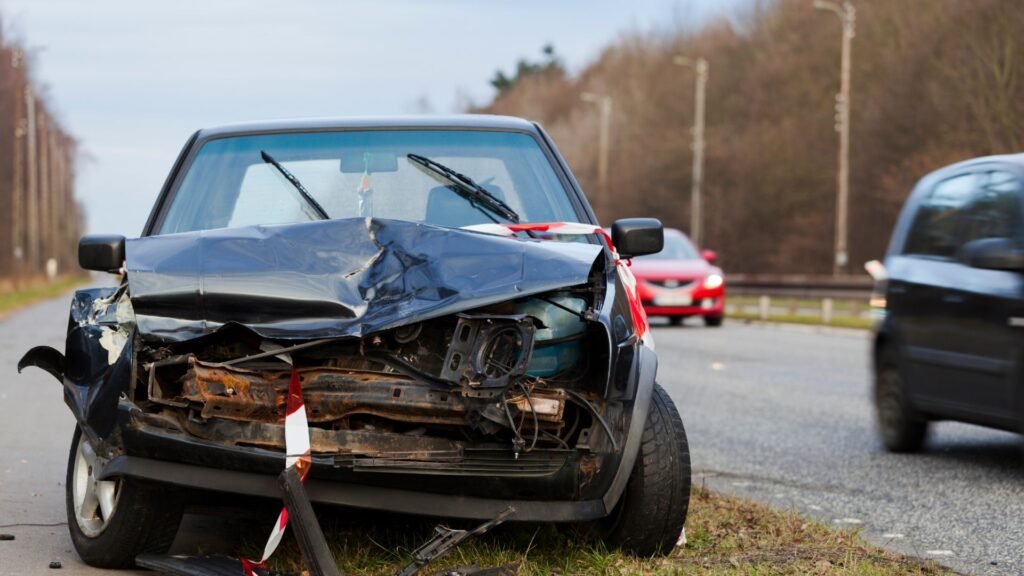
Maximizing The Value Of Your Broken Car
When your car finally sputters to a stop and the cost of repair outweighs its total value, it might seem like the end of the road for your once trusty vehicle. However, even in its broken state, your car still holds potential value. Here, we explore how you can maximize what you get from a broken car, focusing on parting it out and negotiating effectively with buyers.
Parting Out the Car
How it Works
Parting out a car involves dismantling it and selling the individual parts rather than the whole vehicle. This method can often yield more money than selling the car as a whole, especially if it’s no longer operational. Key components like the engine, transmission, or even the tires and seats can be sold if they’re still in good working condition. Each part has its own market value, and items like the engine can fetch a significant sum if they are in demand.
Best Platforms to Sell Car Parts
To sell these parts, several platforms can be beneficial. eBay is one of the most popular online marketplaces for selling car parts due to its vast reach and established user trust. Car forums are another excellent resource, especially for more specific parts or older models where enthusiasts and restorers frequent. Local classifieds, both online and in print, can also be effective, particularly for larger parts that are difficult to ship and better handled through local transactions.
Negotiation Tips
When selling your car parts or dealing with junkyards and scrap removal services, negotiation plays a crucial role in maximizing your returns. Here are some tips to help you navigate these discussions effectively:
- Compare Offers: Always shop around. Whether you’re dealing with junkyards, private buyers, or online platforms, getting multiple offers can provide a leverage point for better negotiations.
- Understand the Value: Knowing the approximate value of the parts you are selling can greatly enhance your negotiation power. Do some research on how much these parts are typically sold for so you can set realistic expectations.
- Avoid Rushing: It’s easy to jump at the first offer, especially if you want the car gone quickly. However, patience can be financially rewarding. Give yourself time to evaluate different offers.
- Be Prepared to Walk Away: If an offer doesn’t meet your expectations, don’t be afraid to walk away. Often, showing you’re not desperate can bring better offers to the table.
By understanding the value of each component of your broken car and how to effectively negotiate, you can significantly increase the total income you retrieve from it. Remember, every part of your car has a potential buyer. With the right approach, you can ensure that your old car pays back one last time before saying goodbye.
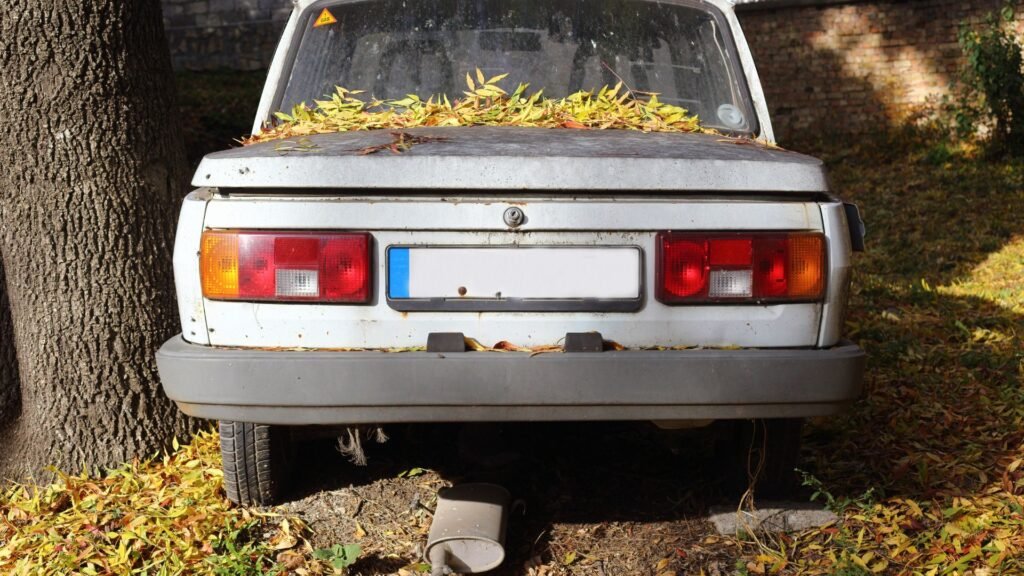
Real-Life Experiences: Success Stories
When you’re staring at a broken car sitting in your driveway, it might feel like you’re stuck with a metal paperweight. However, many have turned this seemingly dire situation into a profitable venture. Let’s explore how this is not only possible but could be more rewarding than you anticipate.
Real-Life Experiences: Success Stories
Short Case Study or Testimonial
Meet Jenna, a recent college graduate who faced the daunting task of selling her 2005 Honda Civic after it suffered major engine failure. Faced with a repair bill that far exceeded the car’s value, Jenna decided to sell it as is. Initially discouraged by the quotes from local dealers and the hassle of private selling, Jenna turned to online platforms that specialize in purchasing damaged vehicles.
After submitting details and a few photos of her car, Jenna received several offers. Surprisingly, the offers were higher than what local scrapyards had quoted. Within days, she finalized a deal that not only took the car off her hands but also paid her significantly more than expected. The buyer handled all the paperwork and towing, making the process stress-free for Jenna.
Jenna’s story illustrates that with a bit of research and the right approach, selling a broken car can be straightforward and financially beneficial.
Encouragement
If you find yourself in a similar situation as Jenna, remember that selling a broken car is entirely feasible. It’s natural to feel overwhelmed by the thought of dealing with a damaged vehicle. However, the market for broken cars is surprisingly vibrant. Buyers range from parts dealers, hobbyist mechanics, to scrap metal entrepreneurs. Each has a different reason for valuing what might seem worthless to you.
Moreover, with the rise of online marketplaces and specialized services, reaching these buyers has never been easier. These platforms can streamline the process, often providing quotes quickly and handling much of the logistical and administrative burdens.
Moving Forward with Confidence
Selling a broken car might seem daunting, but real-life success stories like Jenna’s prove that it can be a smooth and profitable endeavor. By leveraging the right platforms and entering the process with a prepared mindset, you can turn what seems like an end-of-life vehicle into a valuable asset. Don’t underestimate the possibilities – your broken car might be worth more than you think.
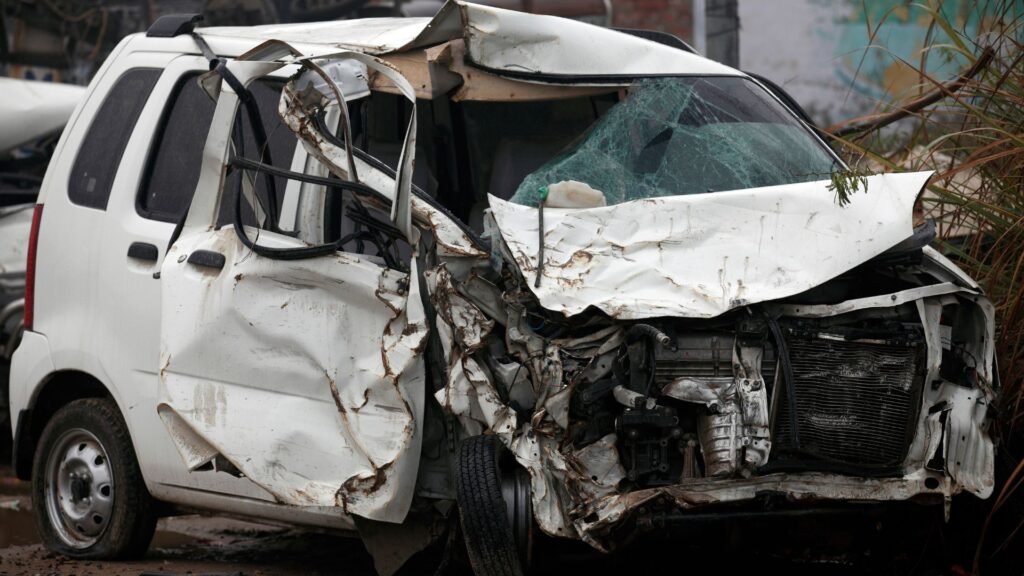
FAQs: About Best Way To Sell A Broken Car NZ
Can I sell a broken car without a title?
Selling a car without a title can be tricky, but it’s not impossible. Some junkyards or car removal services may still buy your vehicle, but you might need to provide additional documentation, such as a bill of sale or proof of ownership. It’s best to check with your local DMV for the specific requirements in your area.
Is it better to repair my car before selling it?
It depends on the cost of the repairs and the potential increase in value. If the repairs are minor and will significantly raise the car’s resale value, it might be worth fixing. However, if the repairs are expensive, selling the car “as-is” could be more cost-effective, especially if you're selling to a junkyard or scrap dealer.
How much money can I get for a broken car?
The amount you can get for a broken car varies based on factors like the car’s make, model, age, condition, and the current price of scrap metal. You can expect anywhere from $100 to $500 when selling to a junkyard or scrap service, but parting out the vehicle or selling to a private buyer might bring in more money.
Can I trade in a broken car at a dealership?
Yes, some dealerships will accept broken cars as trade-ins, especially if you're purchasing another vehicle from them. However, the trade-in value will be much lower than a functional car. It’s always a good idea to get a few trade-in estimates before making a decision.
How do I prepare my broken car for sale?
Clean the car inside and out to make it look more presentable. Gather any relevant documents, such as the title, service records, and repair estimates. Take clear photos that show the car’s current condition, and be upfront about any damage or issues when listing it for sale or discussing it with buyers.
What’s the difference between selling to a junkyard and a car removal service?
A junkyard typically buys your car for its scrap metal value, while a car removal service might buy it for parts or as a whole vehicle. Both options involve towing the car away, but a car removal service is often more convenient because they handle all the logistics and paperwork for you.
Is it safe to sell my broken car online to a private buyer?
Selling to a private buyer can be safe as long as you take precautions. Always meet in a public place and use secure payment methods like a cashier’s check or an escrow service. Avoid accepting personal checks or dealing with buyers who seem suspicious or unwilling to meet in person.
What’s the most eco-friendly way to dispose of a broken car?
The most eco-friendly option is to sell your car to a certified recycler or junkyard that will properly recycle the car’s materials. Another option is to donate your car to a charity that handles vehicle recycling. This helps reduce landfill waste and allows valuable parts and materials to be reused.
How do I avoid getting scammed when selling my broken car?
To avoid scams, only work with reputable businesses or verified buyers. When dealing with junkyards or car removal services, check their credentials and reviews online. Avoid any service or buyer that requires upfront payment or won’t provide clear payment details.
Can I donate my broken car to charity?
Yes, many charities accept broken cars as donations, even if they aren’t running. The charity will typically arrange for the car to be towed, and you may be eligible for a tax deduction based on the value of the vehicle. Be sure to get a receipt and verify the charity is registered for tax purposes.
Conclusion
In wrapping up, it’s crucial to revisit the core elements discussed: the diverse options available for selling a broken car and the essential steps required to prepare your vehicle for sale. Let’s not overlook the substantial advantages of moving on from a non-functional car—there’s not only potential financial gain but also notable peace of mind and positive environmental impacts to consider. Why not take a moment today to thoroughly assess the condition of your car and decide which selling avenue aligns best with your circumstances? By doing so, you could swiftly transform an idle asset into valuable resources. For more expert advice, contact Cash For Cars Hamilton today!

